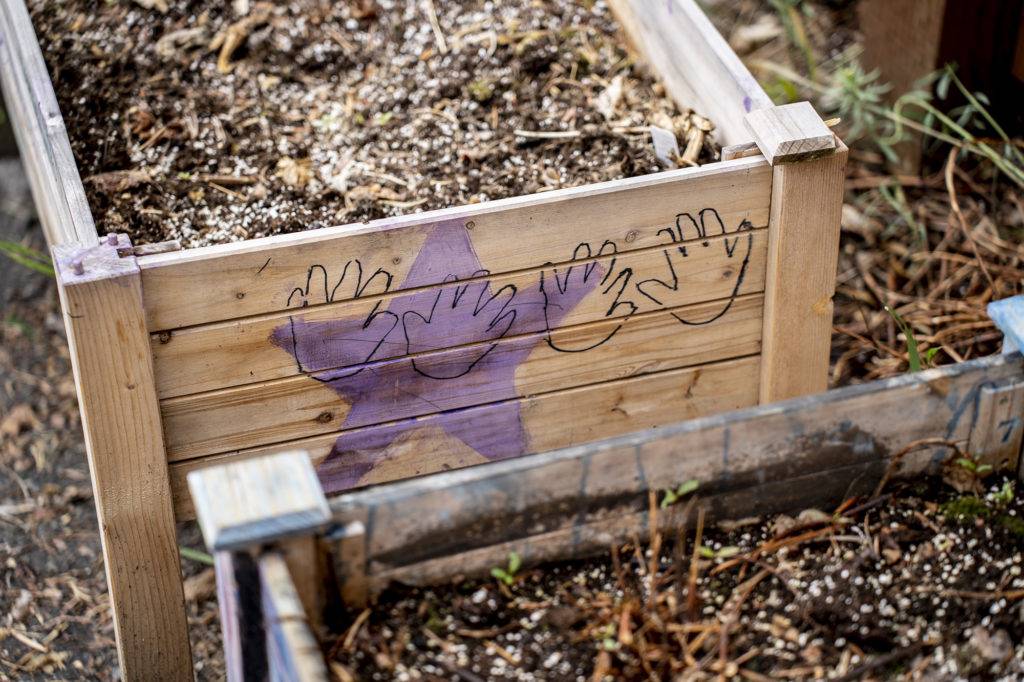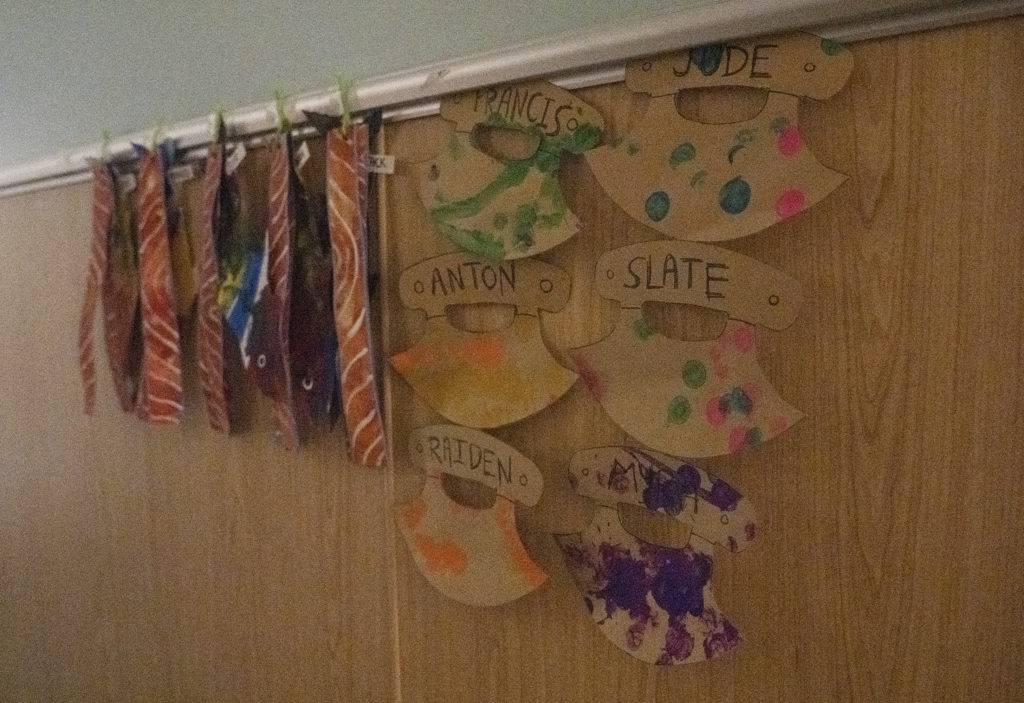24 Aug Alaska Grown
Early learning includes growing vegetables and eating local for the kids at CSELC

Last fall, Celena Akens introduced toddlers attending Clare Swan Early Learning Center (CSELC) to an alien life form. It was tall, green, and thin, and it had green pods growing all over.
“These are Brussels sprouts!” she told the kids. Like them, she had never seen Brussels sprouts on the stalk, as they naturally grow.
Later, she shared, “Our kids love Brussels sprouts, and we serve them all year round. But we try to get them locally in the fall—which means we can bring them in on the stalk and the kids can touch them and learn about them.”
As the health and safety program coordinator for CSELC, Celena constantly looks for ways she can incorporate local and traditional foods into the meals served to CITC’s youngest program participants.
Now, what started as a quarantine-era project to build a few raised beds for strawberries has grown into a full-blown effort to support Anchorage’s local food chain, teach children about where their food comes from, and help families create tasty, nutritious meals.
Eating—and Buying—Local
Growing up on Adak Island in the Aleutians, Celena knew what food scarcity was. “Nothing grew locally, and we were incredibly vulnerable,” she recalled. “So, when I got into a position where I could use federal money to support the local food chain, it was important to me to do that.”

Through funding from the USDA’s Child and Adult Care Food Program (CACFP), Celena purchases as much local food as she can, when the season allows. Whole milk from a dairy farm in Fairbanks, vegetables from Anchorage farmers’ markets, dairy and meat from Arctic Harvest, seasonings from Mosquito Mama and Alaska Seasoning Company—Celena seeks out foods that will appeal to the children while supporting the local economy.
“Since COVID, I think more people understand how vulnerable Anchorage is,” she said. With CACFP, she can dedicate more funds to purchasing local goods to benefit the low-income families CSELC serves.
Sourcing Subsistence Foods
What they can’t buy locally, CSELC grows. Celena admits to having a “black thumb,” but that hasn’t stopped her from growing rhubarb, herbs, and all kinds of berries, which the kids are crazy about.
Farming a mini-garden onsite at CSELC provides an opportunity for little ones to learn about healthy eating. They also get in on the action: Next year, Celena aims to have the kids plant potato starts, then harvest their own root vegetables.
“Our children pick berries, they smell the herbs,” she described. “It’s giving them that sense of, this is where their food comes from.”
Picking their own berries also allows the children to experience a version of an Alaska Native tradition. In addition to what CSELC can grow, the center also accepts certain donations of game meat that reflect the types of meat harvested as part of a traditional subsistence lifestyle. When they can, the kitchen staff serves salmon and other fish, along with moose and caribou.
Getting the Whole Family Involved

Experiencing local foods starts from day one at CSELC, where all the baby food is made onsite. “From the moment they start, our kids aren’t getting anything processed or with extra preservatives,” said Celena.
Throughout the summer, babies enjoy food made by staff from locally grown broccoli, cauliflower, and squash. Once CSELC infants start eating solid foods, they transition to the standardized menu the rest of the children eat—including strawberry or rhubarb “birthday muffins,” made for special celebrations using the center’s fruits and barley flour from Alaska Flour Company.
In addition to keeping parents updated on what their children are eating at CSELC, staff encourages them to get involved: Parents receive a copy of the CSELC cookbook and often see recipes shared on the private CSELC Facebook group.
Parents also received gift cards redeemable at a local farmers’ market.
“The farmer there knows our parents,” Celena explained. “He can work with them and make that connection to where the food is coming from—and then they’re supporting the local economy. It’s a full circle.”
Learn more about the Clare Swan Early Learning Center. For other CITC childcare resources, visit our financial assistance page.


